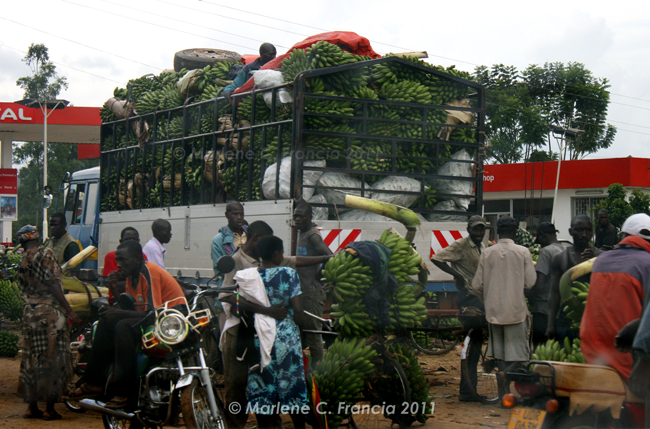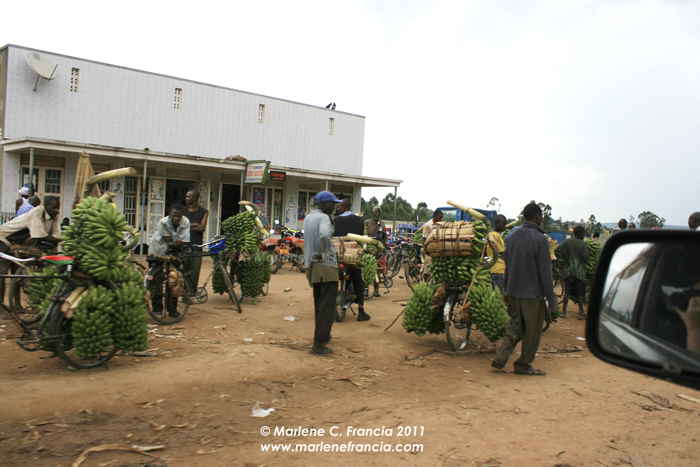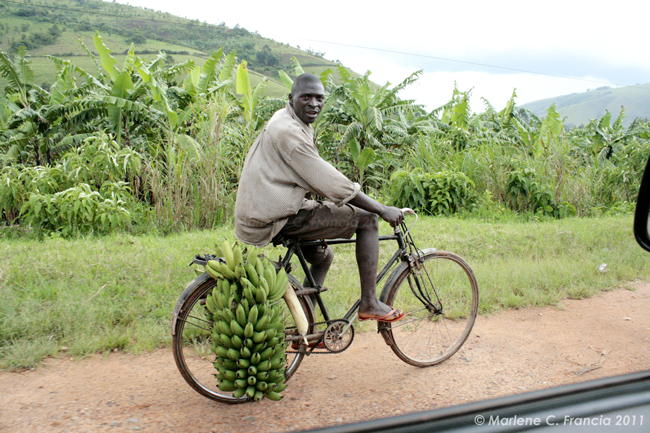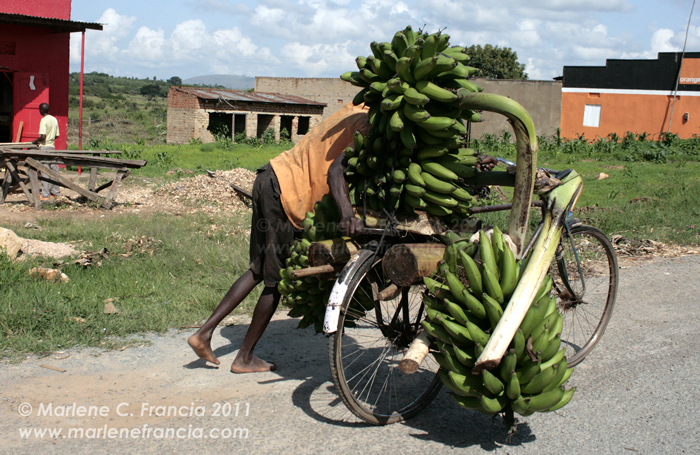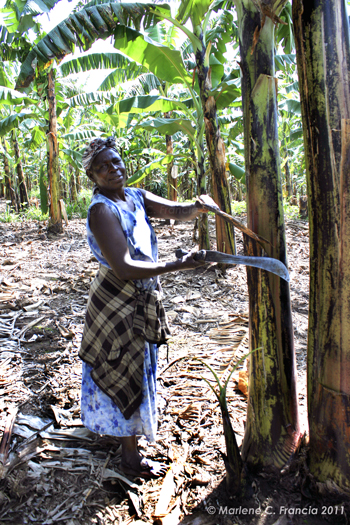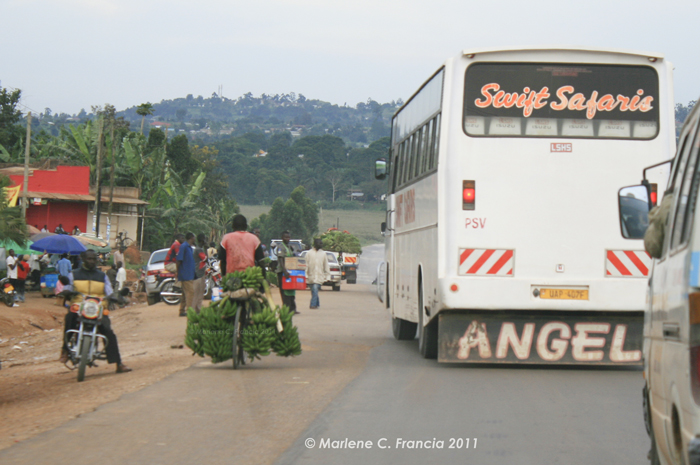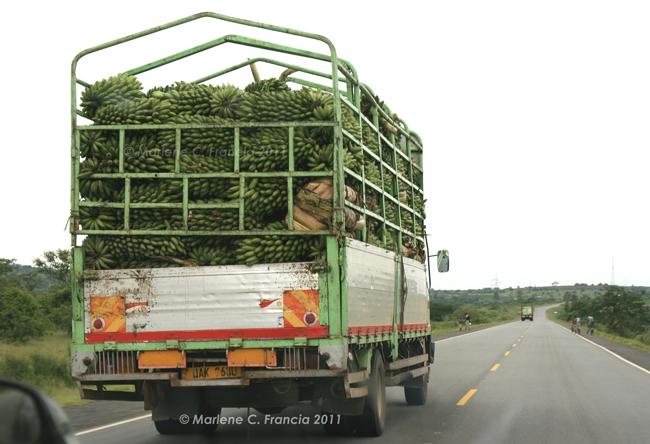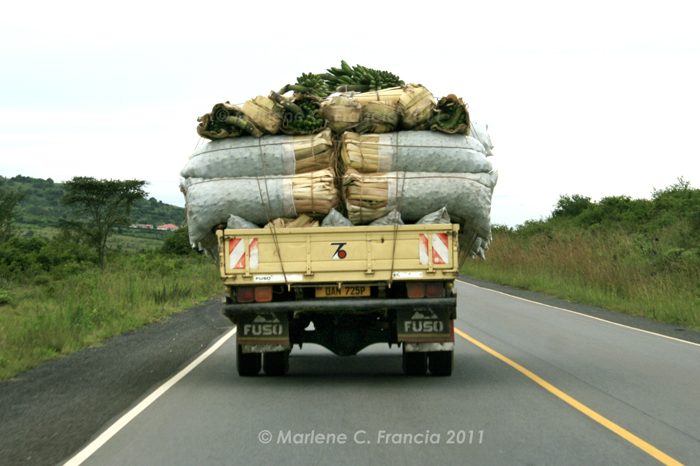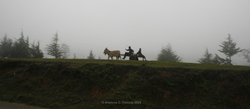 |
MARLENE C FRANCIA |
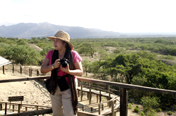 | |||||||||||||||||||||||||
|
P H O T O G R A P H Y
PEOPLE. PLACES. WILDLIFE | |||||||||||||||||||||||||||
|
|
| |||||||||||||||||||||||||
|
Website designed and developed by Marlene C. Francia |
all rights reserved 2012 marlenefrancia.com since 2010 email us at info at marlenefrancia dot com |
||||||||||||||||||||||||||
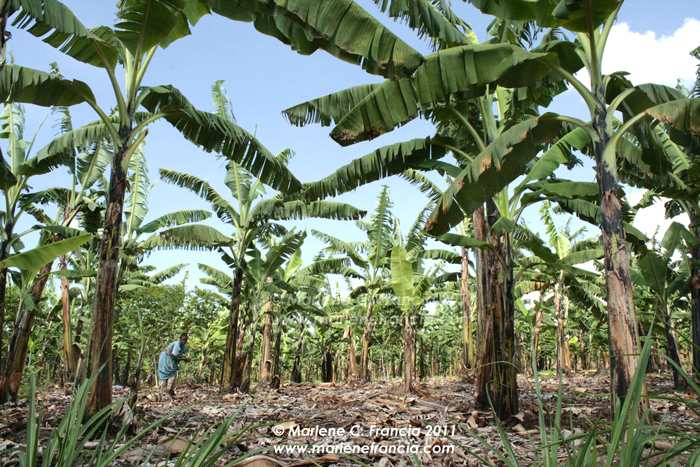
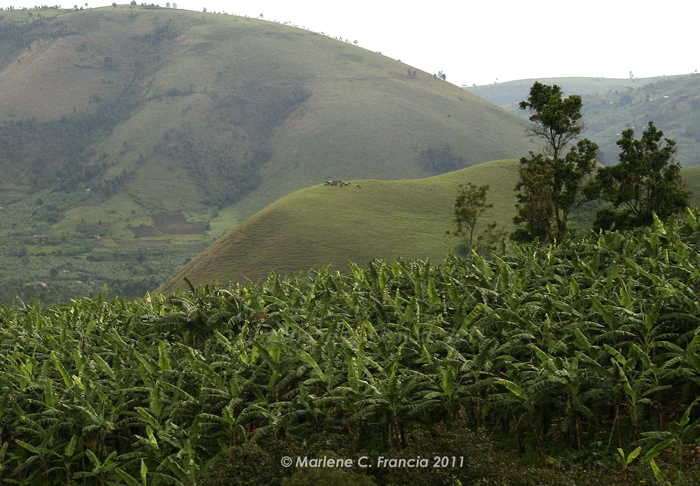 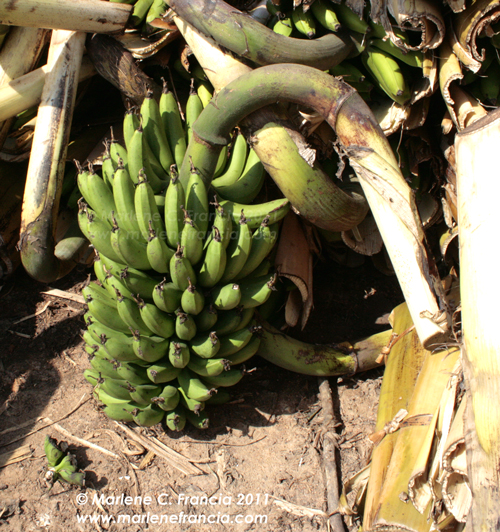 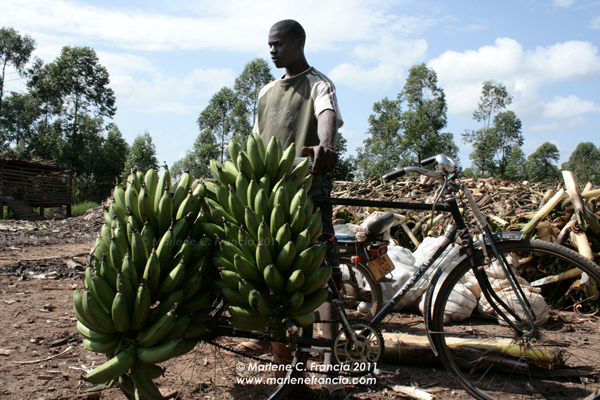
 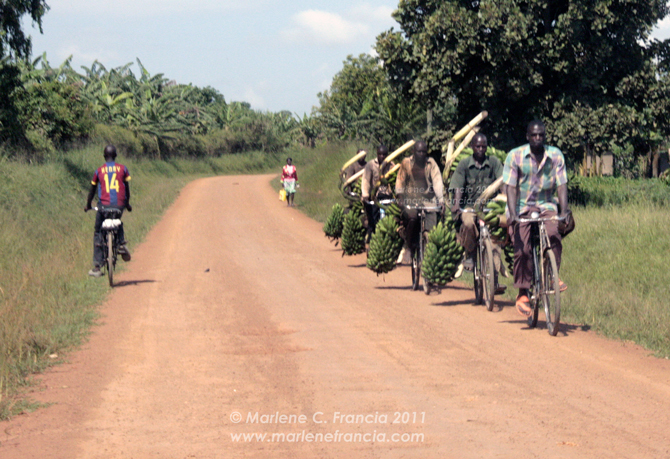

|
While Uganda is the second largest producer of bananas in the world, it is however, one of the smallest exporters. Most of the plantain harvest is consumed locally.
